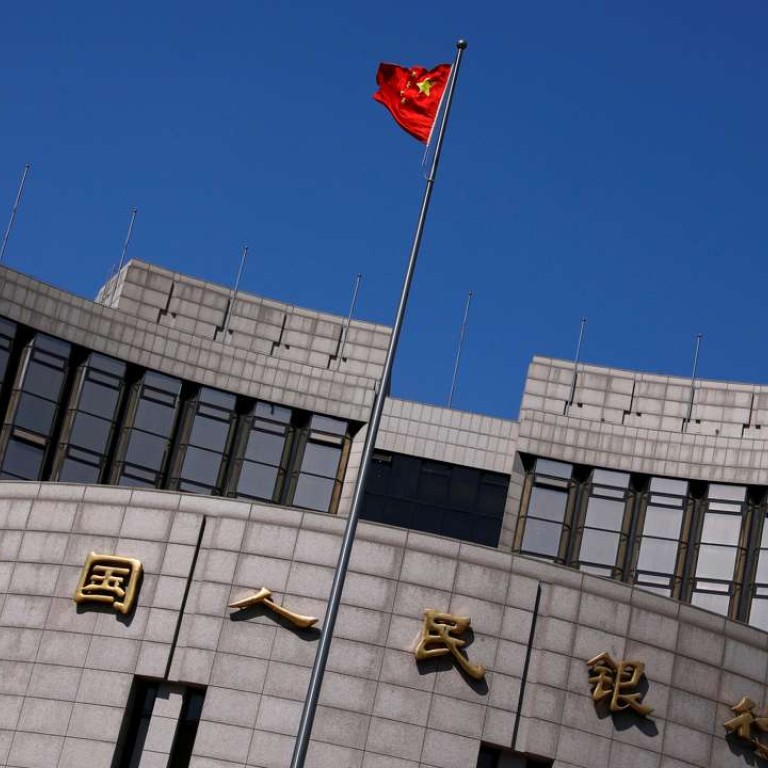
China’s central bank turns tiger mum as it faces tough balancing act over monetary policy
People’s Bank of China seeking to maintain liquidity so banks have funds to lend, but avoid excessive easing so as to manage asset bubble and yuan depreciation pressure
Three days after the People’s Bank of China provided a rare sweetened money deal for a number of state banks, it got tough and raised the interest it charged on medium-term loans to lenders – marking the first money market rate increase by the central bank since 2014.
This “tiger mum” approach by the PBOC – nicknamed “the mother” among journalists and traders on China’s interbank market – shows it faces a difficult balancing act over its monetary policy.
On one hand, it has to keep sufficient liquidity in the banking system to ensure banks have enough money to lend out; but on the other, it needs to avoid excessive easing to manage asset bubble and yuan depreciation pressure.
On Tuesday, the central bank raised the one-year rate of its medium-term lending facility from 3 per cent to 3.1 per cent and the six-month rate from 2.85 per cent to 2.95 per cent. The modest increases in the money market rates from PBOC, while subtle compared with headline-grabbing policy interest-rate moves, are sending a clear message that China’s central bank is, in general, leaning towards tightening.
The move had a “significant meaning” because it showed “China’s monetary policy is turning from one of implicit tightening to one that is explicit”, Deng Haiqing, chief economist at JZ Securities, a mainland brokerage house, wrote in a note.
The central bank is making funds more expensive in the interbank market partly because the US Federal Reserve is heading towards rate rises.
Fed chairwoman Janet Yellen said in a speech earlier in January that the Fed was expected to raise rates a few more times in the future.
China, in theory, has to raise its interest rates, too, so that investors will not flee the country to pursue higher and higher interest in the US.
However, the central bank’s hands in raising benchmark interest rates are bound because a change in policy interest rates, such as the benchmark one-year lending rate, might harm China’s debt-ridden economy.
“[The] PBOC will be quite flexible in terms of fine-tuning monetary policy ... they prefer to use a flexible tool of open market operations because interest rates are blunt tools,” Jing Ulrich, managing director and vice-chairman of Asia Pacific at JPMorgan Chase, said at a roundtable briefing in Hong Kong on Tuesday.
Meanwhile, Ulrich said the key point for the PBOC was now “the availability of credit” instead of the interest levels.
“If the central bank makes credit available, it’s much more important than whether the rates will be 25 basis points higher or lower,” she said.
Regarding liquidity, China’s central bank has been acting as a caring mother.
Last week, it pumped funds worth more than 1 trillion yuan into the banking system. On top of that, it created a temporary liquidity facility – a new tool – to give funds to designated banks on Friday.
However, the central bank has also been telling the banks that the price will be higher.
China’s monetary policy would be “less accommodating” in light of the looming inflation and heavy pressure on the yuan to weaken against the dollar, Ding Shuang, chief China economist at Standard Chartered, wrote in a note.
PBOC “is likely to keep money-market liquidity tightly balanced and gradually raise interest rates on its lending to commercial banks” because, ultimately, China’s monetary policy could not “diverge significantly from the Fed’s policy”, Ding wrote.

